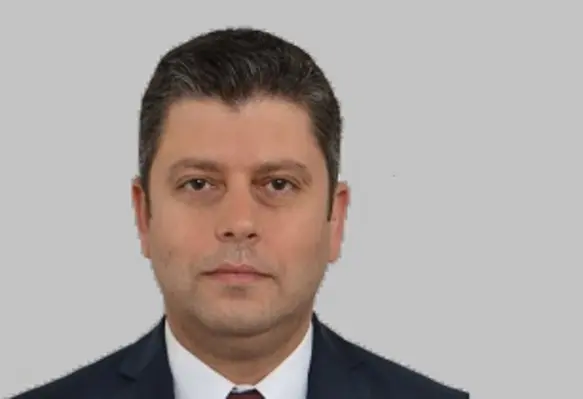Dany Rahal, VP Digital – MENA at SLB speaks to Oil Review Middle East about how digital drilling solutions can have a transformative impact on oil & gas operations in terms of efficiency, safety and sustainability
Oil Review Middle East: How are SLB’s digital drilling solutions helping operators achieve optimum performance and safety?
Dany Rahal: Our digital drilling solutions give our customers superior capabilities, and they use them to increase safety and optimise performance. For example, with remote working capabilities enabled by our Delfi digital platform, customer teams can achieve what they need to from the comfort of their office or even their homes (directional drilling, monitoring drilling dynamics) enabling easier access to domain expertise. Changes on the drilling envelope or steering instructions can be initiated in a few clicks from the office with the knowledge of the crew. They have the power to instantly collaborate with other teams and experts across the full process, from planning, engineering, and execution. The rig, enhanced by digital drilling solutions, gives customers the power to automate repetitive tasks, improves efficiency of going on and off bottom by up to 30%, optimises the rate of penetration (ROP) by up to 25%, and reduces and manages drilling dysfunctions – such as stick and slip or shock and vibrations – by 70%. By giving customers the ability to use data at levels never before achievable, we expand their cognitive capabilities, so they can rapidly explore the impact of their decisions and do it more accurately.
Oil Review Middle East: To what extent are digital drilling technologies used and accepted in the MENA region, and how do you view the market for your drilling solutions in the region?
Dany Rahal: The only way for operators in MENA to achieve their long-term goals is to deploy digital at scale. We work with cloud providers in the region to deploy digital drilling solutions at scale on in-country cloud and on-premise infrastructures. These serve the large operators in MENA, and we work with small- and medium-size operators, leveraging global cloud infrastructure across different regions.
We also knew we had to prove the power of digital. So, we deployed our AI, machine learning, data analytics, and automation solutions on all the integrated well construction projects where we provide services and project management for customers. Customers saw improved operational performance and reduced risks – the benefits and value materialise, repeatedly.
We’re at a point now where there is wide acceptance of digital drilling technologies by the major NOCs in MENA, and we’re forecasting a huge acceleration of digital drilling technology adoption between now and 2025.
We have seen the number of digital drilling engagements expand rapidly around the world during the past two years, and we expect this growth to continue, with the market doubling in size by 2030. In the MENA region, expansion is even faster. We are working with customers in Saudi, UAE, Kuwait, Oman, and Qatar to transform their planning, automation, and interpretation workflows. Growth is driven by demand for energy and we’re seeing sizable production increases.
Additionally, customer capex per well is reducing because of their investments in digital, and this in turn stimulates more investment. In some regions, we can drill the same number of wells with only half the rigs – this is after just one decade of digital transformation. Digitalising your current fleet has a better return on investment than procuring new rigs.
The consensus is that the rapid expansion of the market in the MENA region will continue in the next years.
The ADNOC Integrated Intelligent Subsurface Modeling “IISM” project demonstrates the advantages customers are seeing from their investments in digital, by delivering double-digit reductions in non-productive time (NPT). Using AI and machine learning, the solution provides automated insights based on historical data, enabling ADNOC’s teams to reduce, or even eliminate, downhole risk, and select the best drilling parameter and bottom hole assembly (BHA).
You can see the full interview, including Rahal's thoughts on how digital drilling will evolve in the future, on p31 of the current issue of Oil Review Middle East.









